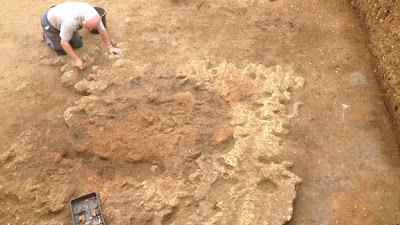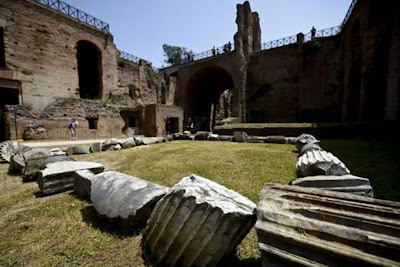Experts say the presence of Medieval pottery suggests the presence a community that possibly dates from before the Norman conquest
Remains of what archaeologists believe is a "lost village" have been found beneath a Nottinghamshire town.
Experts say the presence of cobbled surfaces and Medieval pottery found in the Burgage area of Southwell suggests the presence a community that possibly dates from before the Norman conquest.
Archaeologist Matt Beresford said the work was ongoing and they hoped to find more conclusive evidence.
The dig was backed by a £5,800 Heritage Lottery grant.
Read the rest of this article...

